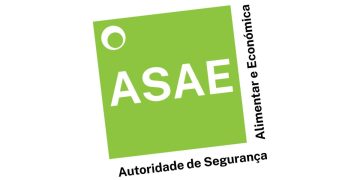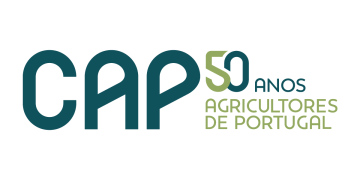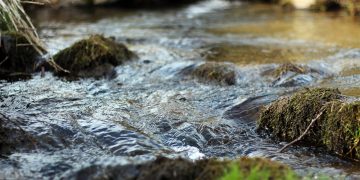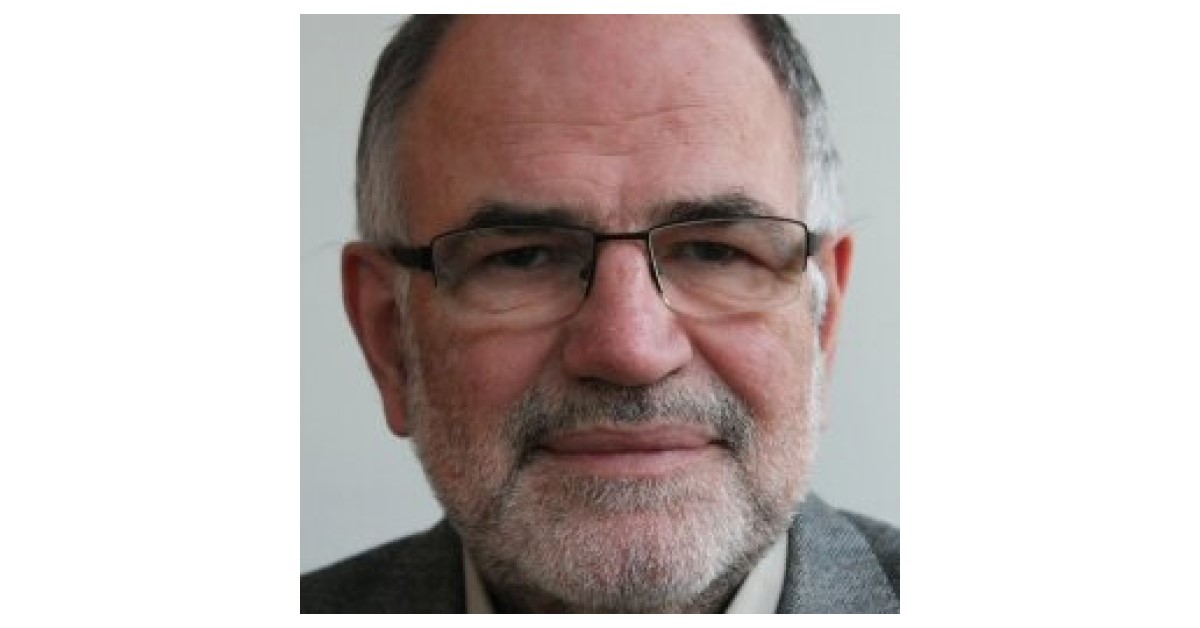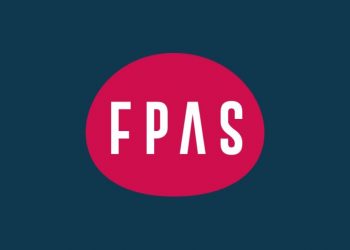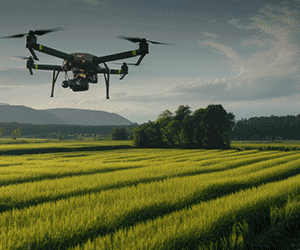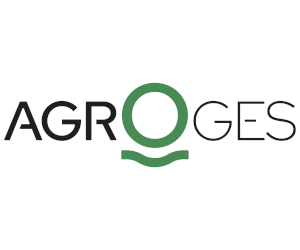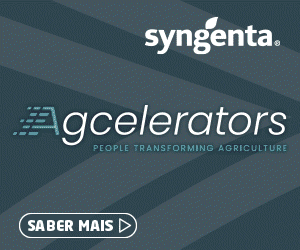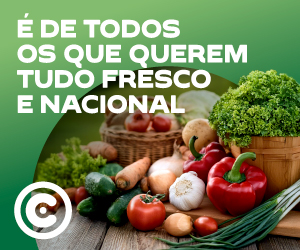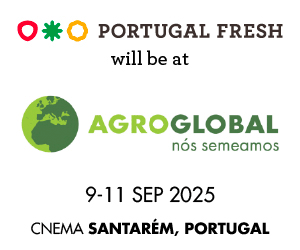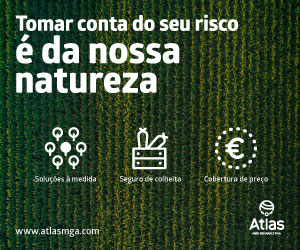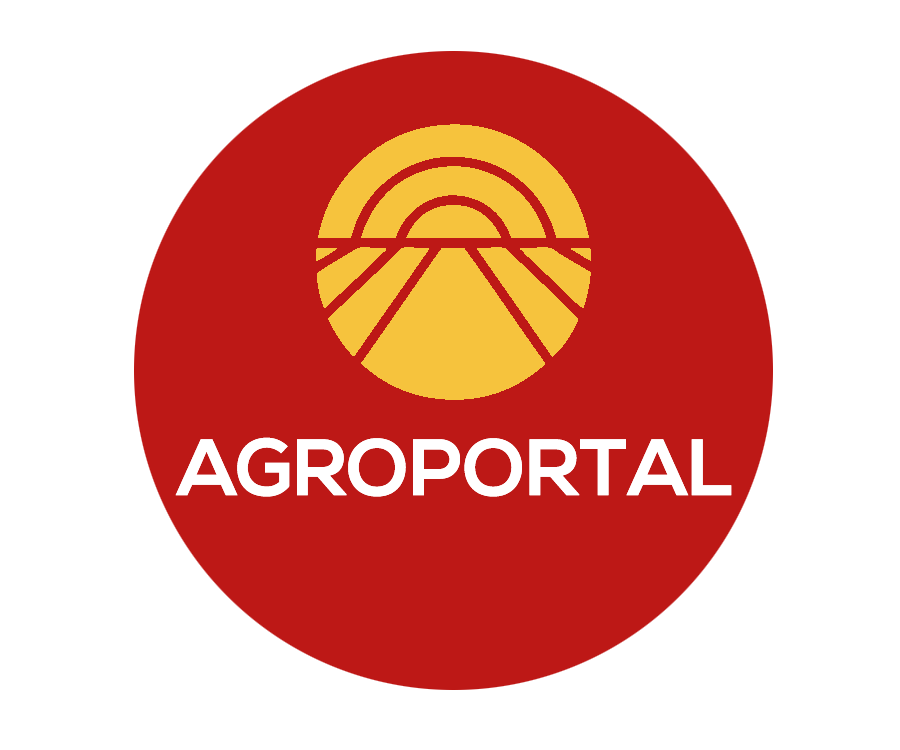Initial reactions to the publication of the Commission’s proposals for the next CAP and their budgetary implications focused on the overall reduction in the CAP budget for income support (the minimum €296 billion ring-fenced within the National and Regional Partnership Fund). In a previous post, I calculated this reduction to be 15% on a like-for-like basis compared to the current income support under the CAP in current prices.
However, a deeper dive into the provisions of the relevant Regulations suggests that things are not so simple. Commissioners Serafin and Hansen have promised that farmers can continue to receive the same money under the proposed CAP as they do at present. If we define the money that farmers are entitled to as their basic payment, this may well the case. I have no idea whether this is indeed how the Commission is interpreting this in its commitment, it has been silent so far on this issue. In this post, I explore the rationale for this suggestion.
Defining the basic payment
To understand the significance of CAP support for farm income, we need to make a distinction between ‘pure’ income transfers (in the CAP proposal, these include the degressive area-based income support, coupled income support, payments for small farmers, and the crop specific payment for cotton, to which we might add payments for natural and other area specific constraints) and ‘other’ income support interventions (in the CAP proposal these include notably investment aids and support for establishing young farmers and rural businesses, agri-environment-climate actions and support for risk management tools).
To avoid misunderstanding, this distinction between ‘pure’ and ‘other’ income support is not formally defined in the CAP Regulation but a distinction that nonetheless I consider important. ‘Pure’ income support measures are payments that all farmers who are eligible for these payments are entitled to receive as of right. They are automatic and mandatory once a farmer fulfils the conditions. ‘Other’ income support measures depend on the willingness of farmers to enrol and participate in the relevant schemes. They are voluntary schemes, they are not entitlements and, in the case of agri-environment-climate actions, they also require farmers to incur the costs of complying with the conditions of participation.
When farmers look at the support they receive from the CAP, they are mostly concerned with their annual payment. At the moment, this consists of the Basic Income Support for Sustainability (BISS) payment, the redistributive (CRISS) payment, the Complementary Income Support for Young Farmers (CIS-YF) payment and the Small Farmer Scheme. For the purpose of this post I will refer to the sum of these payments as a farmer’s basic payment (the basic payment plus coupled payments make up the total of ‘pure’ income support). These payments will all be wrapped into the new degressive area-based income support payment which will effectively become the basic payment in the new CAP. It is thus relevant to ask how the size of this payment in each Member State in the proposed CAP will compare to the amounts that farmers currently receive as a basic payment (the sum of these individual payments) in the current CAP.
Before we look at the numbers, I need to make two caveats. The first concerns whether we should include eco-schemes in the category of entitlements or voluntary schemes and thus part of a farmer’s basic payment. In principle, enrolment in eco-schemes is voluntary but, in practice, most Member States have designed their eco-schemes such that they are a top-up of the basic payment. Because we cannot know the amounts that might be substituted for eco-schemes in the new CAP, we are forced de facto to treat them as voluntary schemes for the purpose of this exercise. That is, we do not include eco-schemes in the definition of the basic payment that farmers receive. For the same reason, we also do not consider payments for natural and other area specific constraints to be part of the basic payment.
The second caveat is that in this exercise we are looking at potential Member State ceilings. How these will be allocated between individual farms within a Member State cannot be known at this point. Article 6 of the proposed CAP Regulation provides considerable flexibility to Member States to differentiate the degressive payment by groups of farmers or geographical areas. In addition, the payment received by an individual farmer under the proposal compared to their current basic payment will be influenced by the provisions on degressivity and capping set out in Article 6. Thus, the health warning attached to the exercise below is that the indicative trends at Member State cannot be translated automatically into the likely impact for an individual farmer.
Will the basic payment increase or decrease?
The basis for the exercise is Article 35 in the NPR Regulation which sets out that the planned average aid per hectare for degressive area-based income support shall not be less than EUR 130 and not more than EUR 240 for each Member State. This itself is a remarkably wide range, when we think how much effort has been put into the external convergence issue designed to achieve uniform payments per hectare across the Union over the past two MFF negotiations. Now the basic payment that farmers receive automatically (they can of course also apply for other CAP payments) can differ by almost a factor of two between two neighbouring countries. At face value it seems to directly undermine the principle of a level playing field in the single market. It would not be surprising to see some change in these figures during the legislative process.
For each Member State, I multiply these lower and upper limits on the amounts per hectare by the potential area eligible for support in 2022. This is the indicator and base year that is used for the big formula in Annex 1 of the NRPF Regulation to allocate the funds for the NRP Plans to Member States. The resulting figures give the minimum and maximum amounts for degressive area-based income support (Member States will not be allowed to provide additional top-ups to these amounts). I then compare these minimum and maximum amounts to the current levels of CAP support for the payments that this instrument will replace. The results are shown in Table 1.
I have ranked Member States by the change in these basic payments in Columns (6) and (7). If Member States only provide the minimum amount per hectare as degressive area-based support, farmers in nearly all Member States except for a handful at the bottom of the table would experience a reduction in these payments.
However, if Member States were to opt for the maximum, a very different picture emerges. Now farmers in nearly all Member States would see a potential increase in their basic payment. For countries at the bottom of the table, the basic payment amounts could be doubled. It is no coincidence that these are countries that failed to reach full external convergence under the current CAP. External convergence is no longer relevant in the proposed CAP, which would allow these countries to dramatically increase the basic payment their farmers receive.
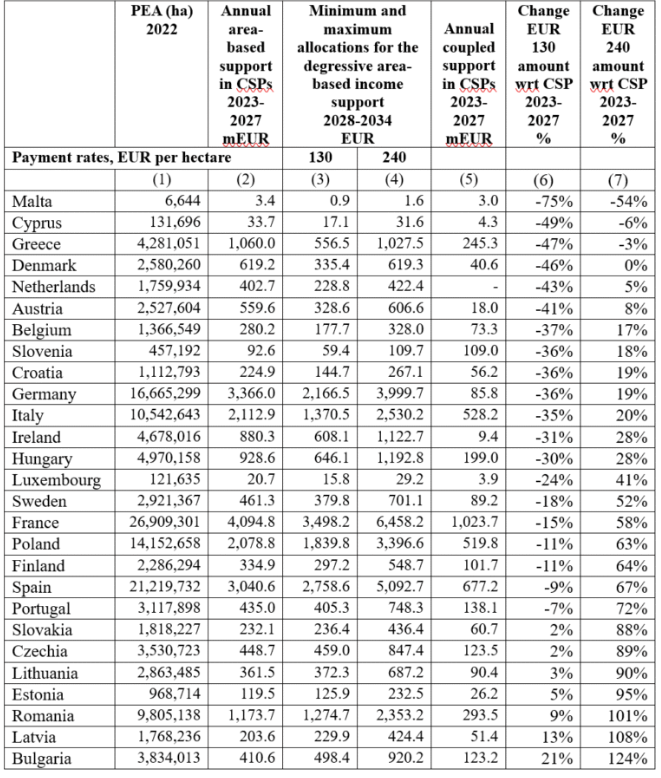
For comparison, I have also included Column (5) which shows the annual amount allocated to coupled support in the CSPs 2023-2027. We do not yet know how much coupled support Member States will plan to provide out of their minimum ring-fenced CAP allocation. Article 35(5) of the NPRF Regulation allows up to 20% of the Union contribution to CAP income support measures to be allocated to coupled support. This percentage may be increased by a maximum of 5 percentage points, provided that the amount corresponding to the percentage exceeding 20% is allocated to protein crops, farmers combining the production of crops and livestock or agricultural areas at a risk of abandonment of agricultural production in particular in the Eastern border regions, defined in the Plans.
Only four interventions are included in the denominator in calculating this 20% or 25%: the degressive area-based income support payment; the crop-specific payment for cotton; support for small farmers; and agri-environment-climate actions. While the ceiling on coupled payments in the current CAP is 13% (rising to 15% if the extra is allocated to protein crops), these percentages are relative to the total allocation under Pillar 1 for each Member State. It is thus NOT the case there is necessarily greater scope to provide coupled payments under the proposed CAP. We will not be able to say for certain whether coupled payments have increased or decreased until the CAP chapters in the National and Regional Partnership Plans are approved.
Conclusions
This post points out that farmers’ receipts from the CAP are composed of two elements: a basic payment to which all farmers who meet the eligibility criteria are entitled, and payments under voluntary schemes which farmers can apply for if they wish. The exercise consists in asking how the amounts allocated to the basic payment in the proposed CAP compare to the amounts allocated in the national CAP Strategic Plans in the 2023-2027 period.
The outcome is uncertain because the proposed NRPF Regulation provides a wide band for the basic payment per hectare. If Member States only allocate the minimum amount, the total available for the basic payment would decrease in nearly all Member States. However, if Member States were to allocate the maximum payment per hectare, then the total available for the basic payment would significantly increase in nearly all Member States. For some Central and Eastern European Member States, the basic payment for farmers could almost double.
There are important caveats around these results. Many farmers might consider their eco-scheme payments as part of their basic payment in the current CAP. Because we do not know how much Member States will allocate to any equivalent scheme in the proposed CAP, we cannot take this into account. There is also an argument whether payments for natural and other area specific constraints might be considered a part of a farmer’s basic payment. For the same reason, we exclude these payments also from our definition. Finally, the exercise can only calculate the potential amounts available for the basic payment before degressivity and capping kick in.
The significance of these calculations is that, the more of a country’s obligatory allocation for CAP income support is allocated to degressive area-based income support (considered as the basic payment in the proposed CAP), the less will be available for the other CAP interventions, notably agri-environment-climate actions. There is no ring-fencing for these actions in the proposed CAP. But in the absence of information which will not be available until the Partnership Plans are drafted, it is impossible to know at this point whether the amounts available for these actions in the next CAP will be greater or smaller than at present.
This post was written by Alan Matthews.
O artigo foi publicado originalmente em CAP Reform.



